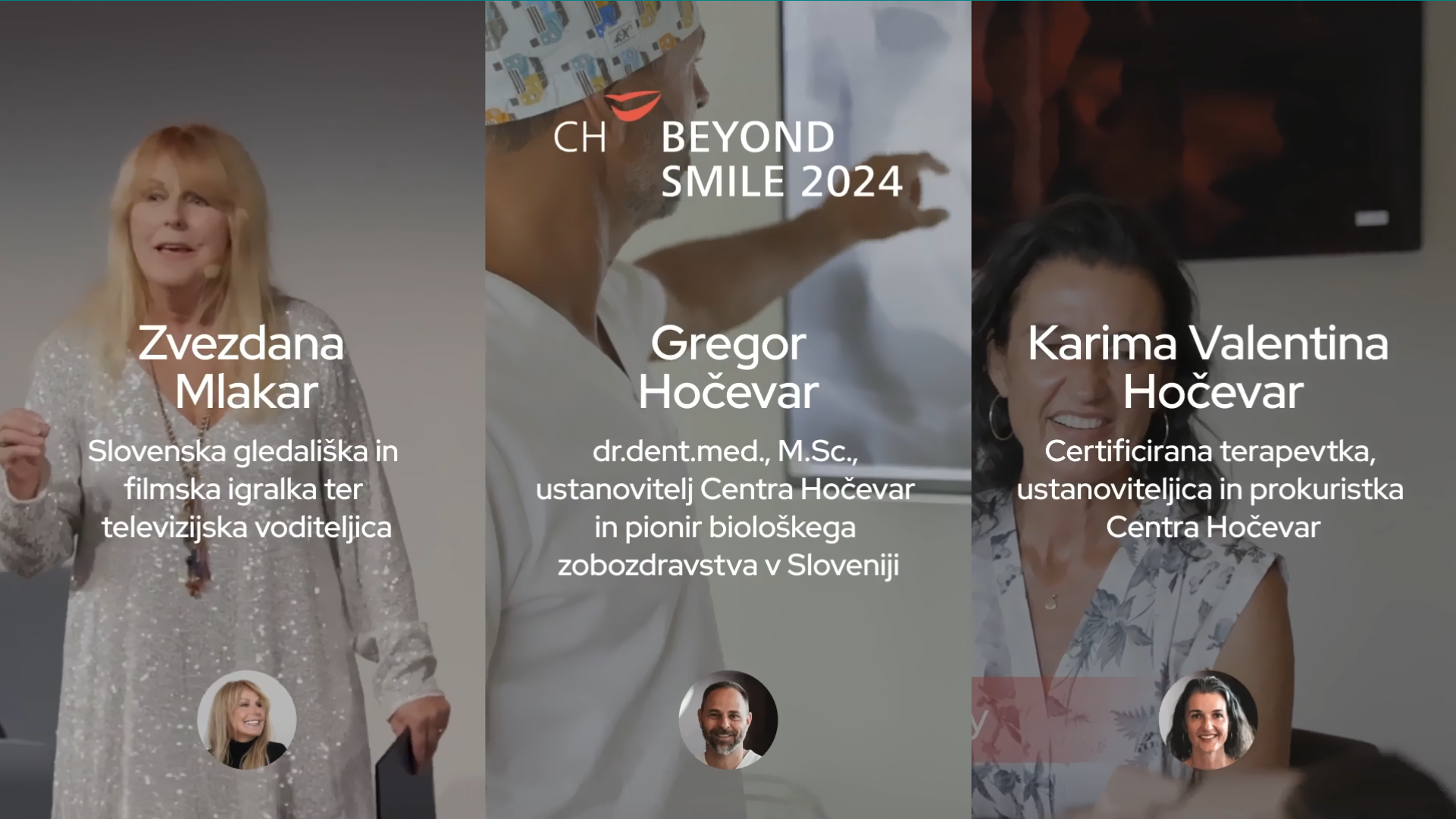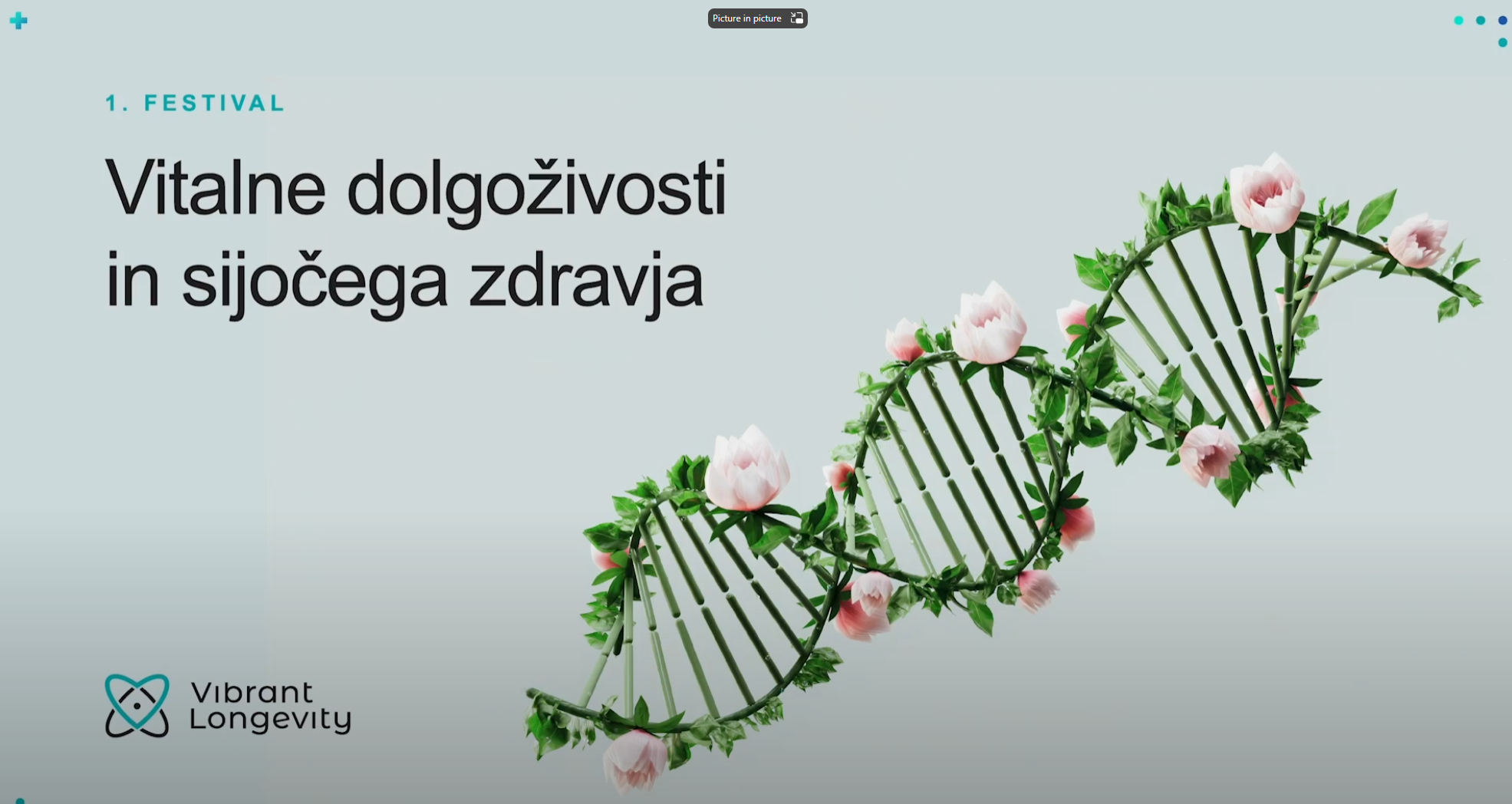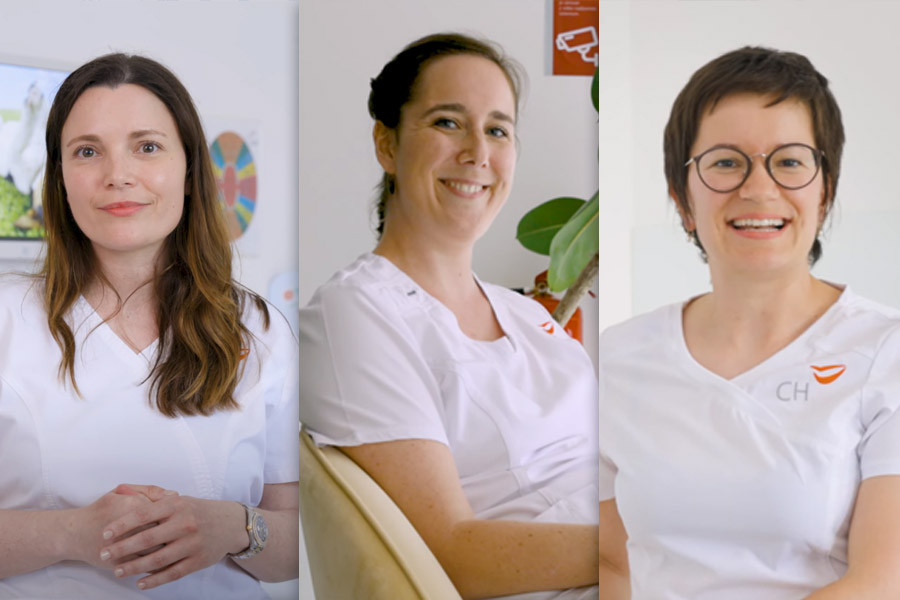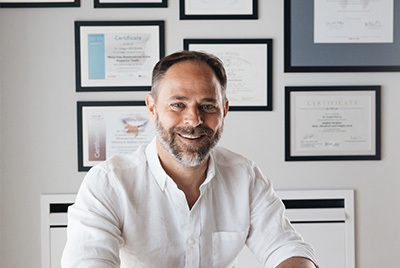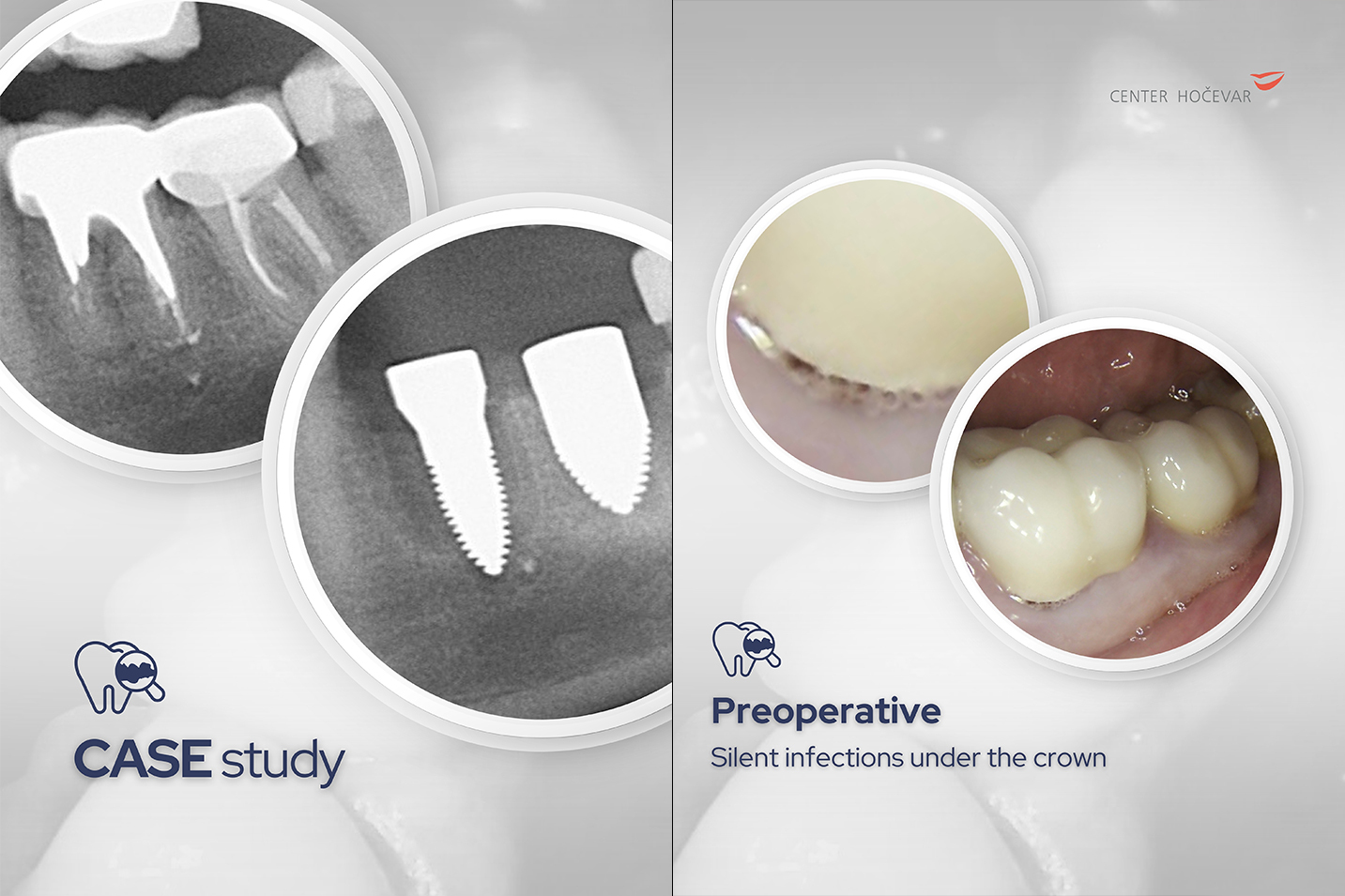Craniosacral Resonance
Craniosacral resonance is a gentle, subtle approach to the body which uses a gentle touch of the hands. The client lies down on a massage table fully clothed. This method supports general well-being and the nervous system in particular.

Craniosacral resonance is based on the “breath of life” concept. The breath of life is a universal creative principle which sustains and connects all life functions within all living organisms, including humans.
An experienced craniosacral practitioner feels the expression of the breath of life as slow, rhythmic motion, similar to the tide. With a gentle, tuned and specific positioning of the hands, the practitioner listens to and supports the forces of the breath of life in their different expressions, thus enabling the body to access its own self-healing and regenerative resources.
What is the therapy based on?
Craniosacral resonance is based on the experience and understanding of Dr. William Garner Sutherland, an American osteopath. In the last decades, Rollin E. Becker, James S. Jealous, Franklyn Sills and others contributed to a deepening of Sutherland’s exploration, which eventually lead to the development of the biodynamic approach to craniosacral therapy. In their works, these osteopaths recognize the holistic nature of the human body and the deeper expressions of health. Craniosacral resonance is a biodynamic approach to craniosacral therapy that was developed by Chintan Veet as an expression of his life journey.
What is this modality based on?
The intention of Craniosacral Resonance is to facilitate a clearer expression of the forces of the breath of life, an expression of our inherent health. With a gentle, tuned and specific positioning of the hands, the practitioner listens to and supports these forces thus enabling the body to access its own healing resources.
During treatment, the client feels a deep sense of relaxation, serenity, tranquility and peace, which is vitalizing and regenerative.
Where does craniosacral resonance originate?
The origin of this method is based on the experience and understanding of Dr. William Garner Sutherland, an American osteopath and student of the founder of osteopathy, Andrew Still. Dr. Rollin E. Becker, Dr. James S. Jealous and Dr. Franklyn Sills contributed to a deepening of Sutherland’s exploration, which eventually lead to the development of the biodynamic approach to craniosacral therapy. Craniosacral Resonance is grounded in a solid knowledge of anatomy, physiology, embryology and modern neuro-biological and developmental findings.
Our craniosacral practice in Center Hočevar is based on Craniosacral Resonance developed by Chintan Veet.
In the stillness of this moment lays the wisdom of the body. Accessing stillness opens the door to the forces of health and inner harmony.
Recommended literature:
- Chintan Veet (2014) Materials for Craniosacral Resonance Seminar.
- Franklyn Sills (2011 in 2012) Foundations in Craniosacral Biodynamics: Volumes 1 and 2. North Atlantic Books.
- Michael Shea (2007–2013) Biodynamic Craniosacral Therapy, Volume One – Five. North Atlantic Books.
- James Jealous: The Biodynamics of Osteopathy in the Cranial Field – a series of audiotapes.

